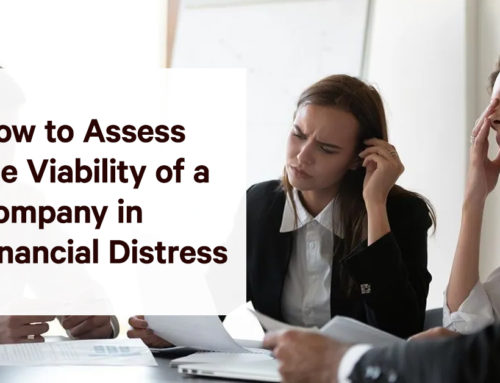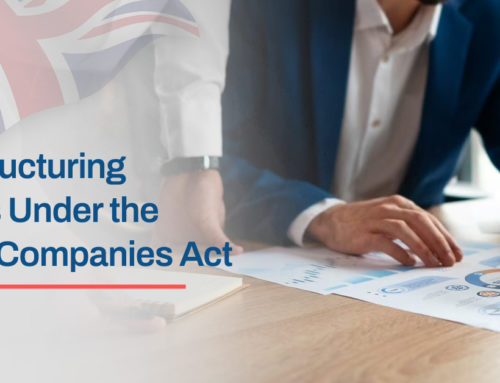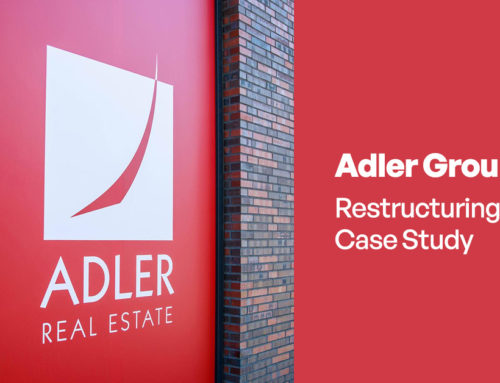It’s hard enough coming to terms with the fact that, as a company, you are struggling with debts and have been classified as insolvent. Usually a Creditors Voluntary Liquidation (CVL) is the right option and if the company has assets it can sell, i.e. machinery, equipment or even premises, they can be sold to pay creditors. But what happens if there are no assets that can be realised? Does a CVL still apply? Who pays the insolvency practitioner’s (IP) fees?
Liquidating an insolvent company
When a company is declared insolvent, i.e. its liabilities far outweigh its assets and they are not able to meet their obligations, directors generally have the choice of liquidating the company voluntarily, instead of a creditor applying to the court for a winding up order against you, i.e. compulsory liquidation.
When it’s voluntary, the directors put the company into a Creditors Voluntary Liquidation process, which is handled by a licensed insolvency practitioner. Any assets that the company owns are then realised, i.e. sold at market value, and the monies raised are distributed to creditors in a specific order, according to the Insolvency Act 1986.
However, if the company is insolvent and there are no assets to be realised that can pay creditors, a CVL is still a viable liquidation option. The company can still be wound up in the same way as if there were assets to be sold but unsecured creditors are likely to lose out. Any debts are then written off (if there are no personal guarantees) but when it comes to secured creditors, including the IP’s fees, it is down to the directors to pay. There are two ways to do this; either the director pays out of their personal funds or they claim redundancy from the National Insurance Fund (NIF), as long as they are eligible.
Alternatively, they wait until a creditor applies for a court order to force the company into liquidation – a compulsory liquidation process – at which point the IP’s fees are no longer payable.
Claiming redundancy from the National Insurance Fund
As a company director of an insolvent company that is entering a CVL process but doesn’t have any assets to sell, you may be eligible to claim redundancy and use the pay out to settle some debts, including the IP’s fees. The company must have been trading for a minimum of two years and there may be other statutory entitlements applicable.
Redundancy claims for directors are made from the National Insurance Fund (NIF) via what is called the Redundancy Payments Service (RPS). They are tax free and involve completing a form which the IP can provide, or it can be sourced online. However, there are specific criteria that need to be met to be eligible to make a claim:
- You must have been working as a director with a contract of employment for a minimum of two years, i.e. you are an employee. The contract can be written, oral or implied. If you have been working on the basis of having a controlling interest, you are not eligible.
- You must be working for a minimum of 16 hours per week
- The company must owe you money, such as PAYE arrears or your initial investment into the company
How much redundancy are you likely to receive?
The level of redundancy you are likely to receive depends on a number of factors, such as how much you are paid, how long you have been an employee of the company and your age.
All the factors used to calculate how much redundancy you will get are capped:
- Gross weekly rate of pay is capped at £525 per week
- Length of time in employment with the insolvent company is capped at 20 years, but you must have completed a minimum of two years.
Because, as a director, you are an employee that is owed money, your status changes to being a preferential creditor. You may also be able to claim for holiday pay and backdated salary entitlements. The maximum level of holiday pay you can claim is six weeks and backdated salary is limited to eight weeks.
When would I not be eligible for a director redundancy claim?
There are some situations where a director is not eligible to make a redundancy claim. These include:
- The director is not an employee of the company and does not have a regular salary that is paid via PAYE
- The company has been a limited company for less than two years or the director has not been working at the company for more than two years
- The company has been dissolved rather than liquidated. If you have struck off your company rather than liquidated it, which is a cheaper option, directors are not eligible to claim redundancy.
- The company is not insolvent, i.e. there are sufficient funds for the company to meet its financial obligations. If directors choose to close a solvent company, i.e. through a Members Voluntary Liquidation process, it is considered the directors have resigned rather than been made redundant. That said, if a solvent company closes and the staff become redundant, it’s up to the directors how much redundancy is paid to staff and this may then tip the company into insolvency, whereupon directors become eligible to claim redundancy.
If you are not eligible to claim director’s redundancy, as a director of an insolvent company that is being liquidated, be it a compulsory or voluntary liquidation process, directors become personally liable to pay creditors from their own personal funds. This is particularly applicable if a director has given a personal guarantee, such as with a loan from a bank or other financial institution. Generally, when a bank or financial body gives funds to a company that is struggling with debt in the form of a loan, the lending party will ask for a guarantee against the loan. If the guarantee is in the form of an asset, the lending party can claim that asset back. If the guarantee is personal, the director is personally responsible for paying it back.
If your business is struggling with debts or you are thinking of winding up a solvent or insolvent company voluntarily, the first step is to seek professional advice. Our highly experienced professionals at Leading UK are on hand to help and advise on the process.






